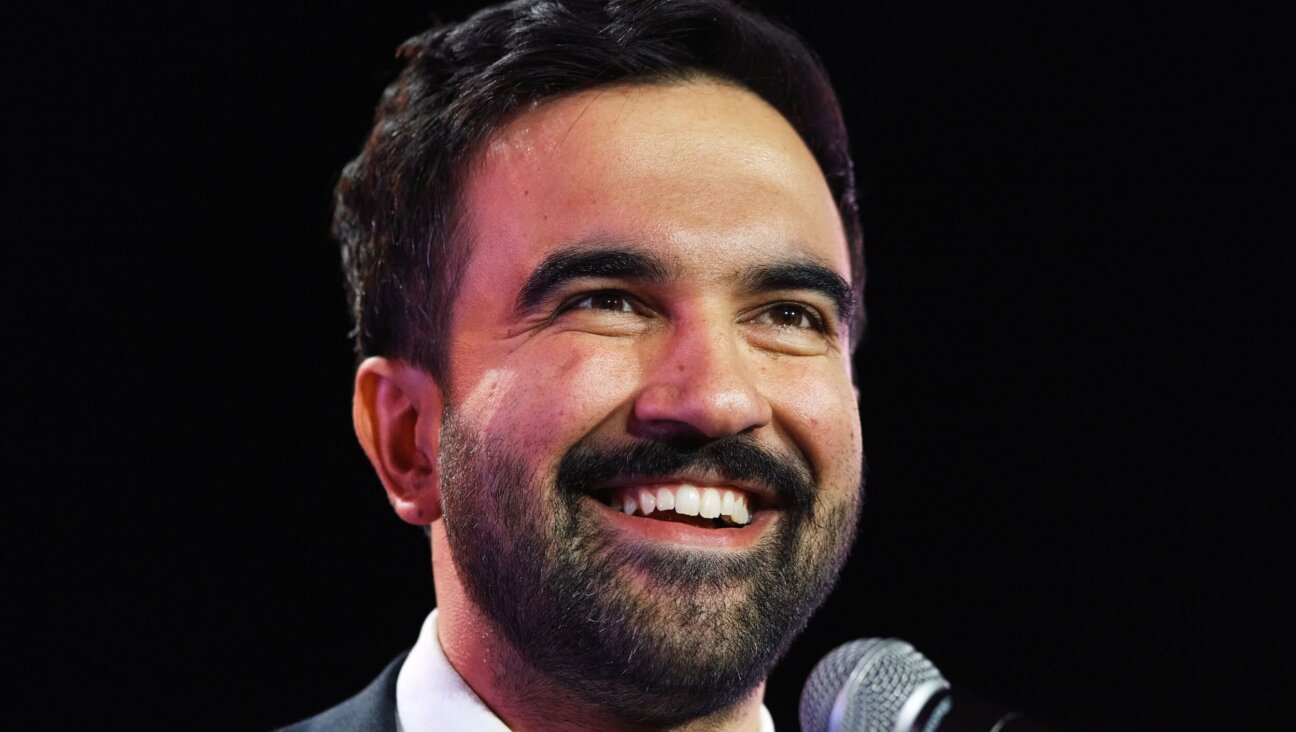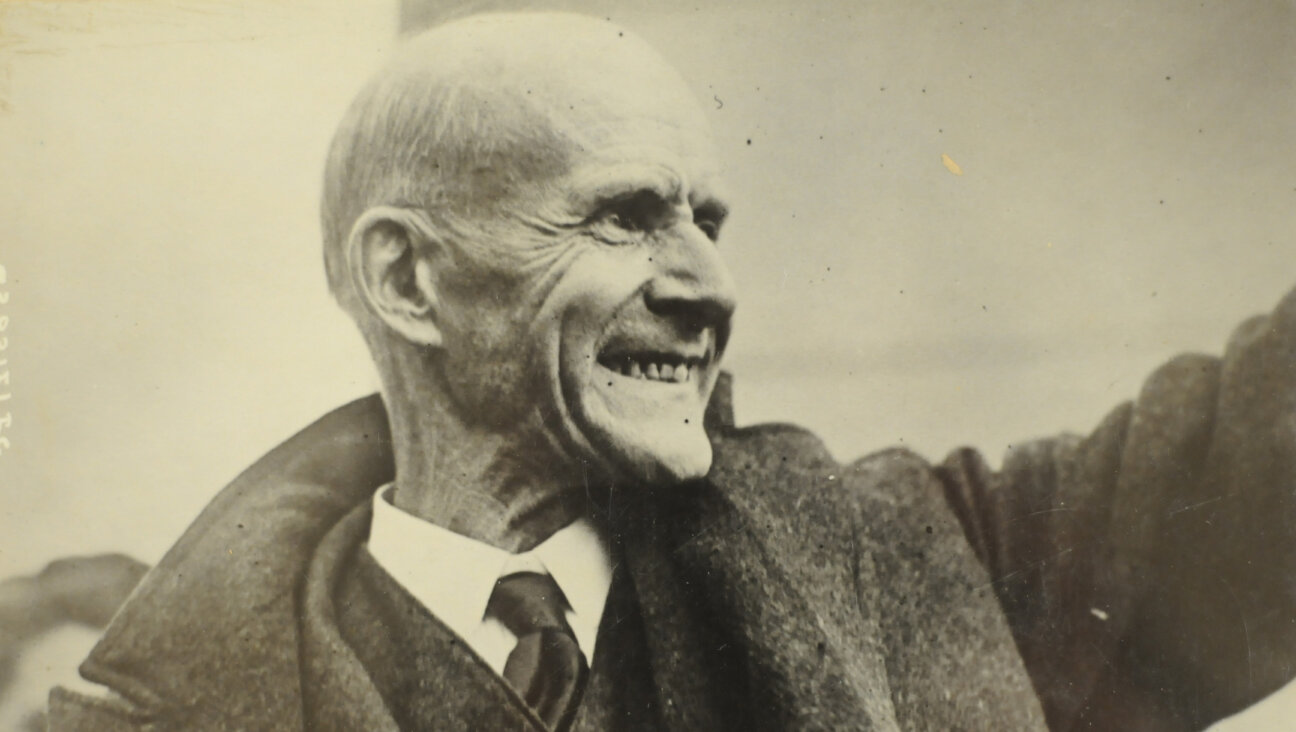How Albert Einstein’s Theory of Relativity Changed Our Universe

‘When a blind beetle crawls over the surface of a curved branch, it doesn’t notice that the track it has covered is indeed curved. I was lucky enough to notice what the beetle didn’t notice.’ —Albert Einstein Image by Anya Ulinich
Albert Einstein once said that there are only two things that might be infinite: the universe and human stupidity. And, he confessed, he wasn’t sure about the universe.
When we hear that, we chuckle. Or at least we smile. We do not take offense. The reason is that the name “Einstein” conjures an image of a warm-hearted, avuncular sage of an earlier era. We see the good-natured, wild-haired scientific genius whose iconic portraits — riding a bike, sticking out his tongue, staring at us with those penetrating eyes — are emblazoned in our collective cultural memory. Einstein has come to symbolize the purity and power of intellectual exploration.
Einstein shot to fame within the scientific community in 1905, a year christened as his annus mirabilis. While working eight hours days, six days a week at the Swiss patent office in Bern, he wrote four papers in his spare time that changed the course of physics. In March of that year he argued that light, long described as a wave, is actually composed of particles, called photons, an observation that launched quantum mechanics. Two months later, in May, Einstein’s calculations provided testable predictions of the atomic hypothesis, later confirmed experimentally, cinching the case that matter is made of atoms. In June he completed the special theory of relativity, revealing that space and time behave in astonishing ways no one had ever anticipated — in short, that distances, speeds and durations are all relative depending on the observer. And to cap it off, in September 1905 Einstein derived a consequence of special relativity, an equation that would become the world’s most famous: E = mc 2.
Science usually progresses incrementally. Few and far between are contributions that sound the scientific alert that a radical upheaval is at hand. But here one man in one year rang the bell four times, an astonishing outpouring of creative insight. Almost immediately, the scientific establishment could sense that reverberations of Einstein’s work were shifting the bedrock understanding of reality. For the wider public, however, Einstein had not yet become Einstein. That would change on November 6, 1919.
In special relativity, Einstein established that nothing can travel faster than the speed of light. This set the stage for a confrontation with Newton’s theory of gravity, in which gravity exerts its influence across space instantaneously. Driven by this looming contradiction, Einstein brazenly sought to rewrite the centuries-old rules of Newtonian gravity, a daunting task that even his ardent supporters considered quixotic. Max Planck, the dean of German science, intoned, “As an older friend, I must advise you against it…. You will not succeed, and even if you succeed, no one will believe you.” Never one to yield to authority, Einstein pressed on. And on. For nearly a decade.
Finally, in 1915, Einstein announced his general theory of relativity which offered a profound recasting of gravity in terms of a startling new idea: warps and curves in space and time. Instead of Earth grabbing hold of a teacup that slips from your hand and pulling it to an untimely demise on the floor, general relativity says that the planet dents the surrounding environment, causing the cup to slide along a spacetime chute that directs it to the floor. Gravity, Einstein declared, is imprinted in the geometry of the universe. During the 100 years since Einstein proposed the theory, physicists and historians have pieced together a coherent, if complex, story of its genesis. In some of my own general-level writings, I’ve had the pleasure of retracing Einstein’s climb, from elegant maneuvers to pieds en canard to his final summit. Far from demystifying Einstein’s creative leaps, however, perusing his process only adds luster to the astonishing novelty and overwhelming beauty of the proposal.
On November 6, 1919, four years after Einstein completed the general theory of relativity, newspapers the world over trumpeted just released astronomical measurements establishing that the positions of stars in the heavens were slightly different from what Newton’s laws would have us expect, just as Einstein had predicted. The results triumphantly confirmed Einstein’s theory and rocketed him to icon status overnight. He became the man who had toppled Newton and who, in the process, had ushered our species one giant step closer to nature’s eternal truths. To top it off, Einstein made for great copy. While squinting in the limelight and paying lip service to an ardent desire for solitude, he knew how to entice the world’s interest in his mysterious but momentous dominion. He would throw out clever quips (“I am a militant pacifist”) and gleefully play the public part of the bemused genius of geniuses. At the premiere of “City Lights,” while the cameras on the red carpet flashed, Charlie Chaplin whispered to Einstein something along the lines of, “The people applaud me because everybody understands me, and they applaud you because no one understands you.” It was a role Einstein wore well. And the wider public, weary from World War I, embraced him wholeheartedly.
As Einstein glided through society, his ideas about relativity, at least the version broadly reported, seemed to resonate with other cultural upheavals. James Joyce and T. S. Eliot were splintering the sentence. Pablo Picasso and Marcel Duchamp were cleaving the canvas. Arnold Schoenberg and Igor Stravinsky were shattering the scale. Einstein was unshackling space and time from outmoded models of reality. Some have gone further, portraying Einstein as the central inspiration for the avant-garde movement of the 20th century, the scientific wellspring that necessitated a cultural rethink. It’s romantic to believe that nature’s truths set off a tidal wave that swept away the dusty vestiges of an entrenched culture. But I’ve never seen convincing evidence pinning these upheavals to Einstein’s science. A widespread misinterpretation of relativity — that it eliminated objective truth — is responsible for many unjustified invocations of Einstein’s theories in the realm of culture. Curiously, Einstein himself had conventional tastes: he preferred Bach and Mozart to modern composers and refused a gift of new Bauhaus furniture in favor of the well-worn traditional decor he already owned.
It is fair to say that many revolutionary ideas were wafting through the early 20th century, and they surely commingled. And just as surely,
Einstein was a prime example of how breaking from long-held assumptions could uncover breathtaking new landscapes. A century later the landscapes Einstein revealed remain remarkably vibrant and fertile. General relativity gave birth in the 1920s to modern cosmology, the study of the origin and evolution of the entire universe.
Russian mathematician Aleksandr Friedmann and, independently, Belgian physicist and priest Georges Lemaitre used Einstein’s equations to show that space should be expanding. Einstein resisted this conclusion and even modified the equations by inserting the infamous “cosmological constant” to ensure a static universe. But subsequent observations by Edwin Hubble showing that distant galaxies are all rushing away convinced Einstein to return to his original equations and accept that space is stretching. An expanding universe today means an ever smaller universe in the past, implying that the cosmos emanated from the swelling of a primordial speck, a “primeval atom” as Lemaitre called it. The big bang theory was born.
In the decades since, the big bang theory has been substantially developed (today the most widely held version is inflationary theory) and, through various refinements, has aced a spectrum of observational tests. One such observation, which received the 2011 Nobel Prize in Physics, revealed that for the past seven billion years not only has space been expanding, but the rate of expansion has been speeding up. The best explanation? The big bang theory augmented by a version of Einstein’s long-ago-discarded cosmological constant. The lesson? If you wait long enough, even some of Einstein’s wrong ideas turn out to be right.
An even earlier insight from general relativity originated in an analysis carried out by German astronomer Karl Schwarzschild during his stint at the Russian front in the midst of World War I. Taking a break from calculating artillery trajectories, Schwarzschild derived the first exact solution of Einstein’s equations, giving a precise description of the warped spacetime produced by a spherical body like the sun.
As a by-product, Schwarzschild’s result revealed something peculiar. Compress any object to a sufficiently small size — the sun, say, to three miles across — and the resulting spacetime warp will be so severe that anything approaching too closely, including light itself, will be trapped. In modern language, Schwarzschild had revealed the possibility of black holes.
At the time, black holes seemed far-fetched, a mathematical oddity that many expected to have no relevance to reality. But observation, not expectation, dictates what is right, and astronomical data have now established that black holes are real and plentiful. They are too far away for direct exploration at the moment, but as theoretical laboratories, black holes are indispensable. Beginning with Stephen Hawking’s influential calculations in the 1970s, physicists have become increasingly convinced that the extreme nature of black holes makes them an ideal proving ground for attempts to push general relativity forward and, most notably, to meld it with quantum mechanics. Indeed, one of today’s most hotly debated issues concerns how quantum processes may affect our understanding of the outer edge of a black hole — its event horizon — as well as the nature of a black hole’s interior.
Which is all just to say that the centenary of general relativity is a far cry from a backward glance of historical interest. Einstein’s general relativity is tightly woven into the tapestry of today’s leading-edge research.
How, then, did Einstein do it? How did he contribute so much of such lasting importance? Whereas we can dismiss Einstein as the source of Cubism or atonal music, he is why we imagine that someone can, in the privacy of his or her own mind, think hard and reveal cosmic truths. Einstein was social as a scientist, but his big breakthroughs were solitary aha! moments. Did those insights emerge because his brain had an unusual architecture? Because of a nonconformist perspective? Because of a tenacious and uncompromising ability to focus? Maybe. Yes.
Probably. The reality, of course, is that no one knows. We can tell stories of why someone may have had this or that idea, but the bottom line is that thought and insight are shaped by influences too numerous to analyze.
Eschewing hyperbole, the best we can say is that Einstein had the right mind at the right moment to crack a collection of deep problems of physics. And what a moment it was. His numerous but comparatively modest contributions in the decades after the discovery of general relativity suggest that the timeliness of the particular intellectual nexus he brought to bear on physics had passed.
With all that he accomplished, and the continuing legacy he spawned, there’s an urge to ask another speculative question: Could there be another Einstein? If one means another über genius who will powerfully push science forward, then the answer is surely yes. In the past half a century since Einstein’s death, there have indeed been such scientists. But if one means an über genius to whom the world will look not because of accomplishments in sports or entertainment but as a thrilling example of what the human mind can accomplish, well, that question speaks to us — to what we as a civilization will deem precious.
Reproduced with permission. Copyright © 2015 Scientific American, a division of Nature America, Inc. All rights reserved.
















